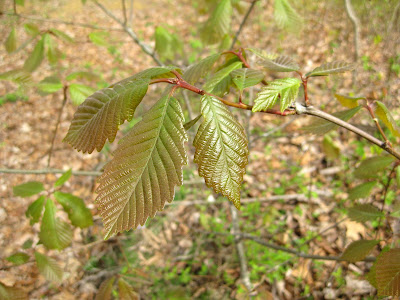Colorful kestrels animate roadsides wherever adequate habitat is available. A
little habitat goes a long way if birds' needs are met. Highway
right-of-ways often provide hunting perches and ample mice and insects, common fare for
kestrels, but nest cavities, natural or otherwise, are hard to come by. We can help.
 |
| American Kestrel. photo provided by Ohio Division of Wildlife |
You can
help support an American Kestrel comeback! Your small donation can help
support this nest box project. Click the "gofundme" button at right to
help purchase supplies and equipment. It's easy. This project is funded by volunteers like YOU!**
Kestrels capture our attention, their antics paint smiles on our faces. These airy sprites are the Tinkerbell's of the falcon family. They hover and float, or dash about in blurry bursts of energy, then they tee-up on roadside utility wires or sapling-tips for lengthy spells, nearly motionless, but for their trademark tail-bobbing and their constantly searching glances, until they spy a micro-movement below, then drop to grab and make a meal of a vole or grasshopper. No magic wands or pixie dust needed, kestrels may be diminutive little falcons, but for their bantam weight class, they are equal in armament with their larger brethren. Their needle talons and hooked bill take tiny grasshoppers in mid-air or fat voles squeaking under the thick thatch of roadside turf. Kestrels are road signs for basic habitat health!
American Kestrels are outfitted for survival, wherever their needs are met; open areas with places to perch among an abundance of insects and small rodents, and a
nearby nest cavity. American Kestrels are obligate cavity nester's. That may be their principle vulnerability, their Achilles tendon. Our rural areas, particularly roadsides, are losing their cavity-pocked old tree snags. That's why nest boxes may prove essential.
 |
| University of Findlay students training for periodic monitoring of kestrel box activity, to collect data for the American Kestrel Partnership. Ohio Bird Conservation Initiative
Coordinator, Amanda Conover, overseeing training: Findlay Oilers':
Tracy Swanson on the ladder, Tessa Brown holding the ladder, background;
Madeleine Kuieck, monitoring team coordinator, holding the ladder,
foreground. Your blogger, Ohio Ornithological Society Conservation Chair, Tom Bain, behind the camera. |
Working together for kestrels, The
Ohio Ornithological Society (OOS) helped assemble a partnership for progress. OOS partnered with the
Ohio Bird Conservation Initiative (OBCI), the Ohio Department of Transportation, largest public lands holder in Ohio, the Ohio Division of Wildlife, and the
American Kestrel Partnership, a Peregrine Fund effort, to mount 25 nest boxes on highway sign
back's along US route's 23 and 30 near Upper Sandusky, Ohio during
December, in time to offer wintering falcons a handy roosting cavity.
This new partnership for American Kestrel conservation is the most recent in OOS's
long history of working to keep kestrels common. We are excited about our new partners, particularly, the Ohio Bird Conservation Initiative (OBCI) and OBCI's new coordinator, Amanda Conover. Amanda, new in her position little more than a year ago, has taken the lead in this new effort to support kestrels. Results already are in place, twenty-five kestrel boxes are mounted on highway sign-backs in Wyandot County, Ohio. Our monitoring team, students from the University of Findlay are trained, kestrels are moving in! Next year, more boxes in more highway habitat in another Ohio county, we hope.
Why the concern for a fairly common bird? Well, its two-fold: first, American Kestrels are declining in Ohio (and elsewhere), the trend is alarming; second, the time to help a species of concern is while it is still common. Waiting until species' populations are critically low is just bad conservation strategy and very inefficient use of endangered conservation dollars! Early intervention is inexpensive intervention. Let's keep common birds common! It makes sense.
So, what's the trend look like? Two important indices point to declines in Ohio kestrels. The annual Audubon Christmas Bird Count results, and the Breeding Bird Survey results. Graphical data illustrate the decline.
 |
| Audubon Christmas Bird Count data, thirty years of American Kestrels in Ohio. The decline is obvious in this early winter census graph of Ohio kestrels since my first CBC, it's personal, not just principle. |
 |
| Breeding Bird Survey, 44 years of American Kestrels breeding in Ohio. The period, 1990 to 2010, shows the decline trend best, following what looks like post DDT gains during the 70's and 80's.* |
Now is the time to help kestrels, OOS and partners are making it happen. More, the Peregrine Fund is leading the nation-wide data analysis effort to develop a clearer picture of what is happening to kestrel populations throughout North America, to better understand how we can help kestrels remain common. Working together, we can help kestrels animate our roadsides in generations to come.
*speculative interpretation based on graphical pattern, not statistical tests.
**your blogger has contributed many uncompensated hours and many donated miles to this project. The OOS Board has contributed funds and hours and miles of assistance, box building.
.jpg)













